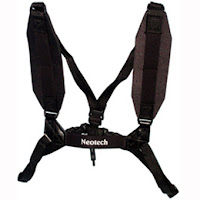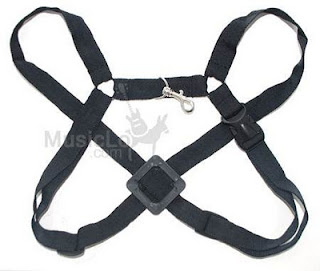For a couple years now I have been making the website Jazz Everyone a regular part of my practice. The host of the website is Willie Thomas, or as he prefers uncle Willie.
Willie’s approach is not the modal Jamey Aebersold approach though he does use materials created by Jamey, with his permission. Instead Willie uses a system of Pentatonic pair steps moving around the circle of 4ths/5ths. This forms the basic unit of his system. Aside from theory Willie teaches rhythms and style.
On staff at Jazz Everyone with Willie Thomas is Gary Smulyan, Steve Wiest, and Charlie Porter. These power house players offer insight and additional creative learning directions. It is a pleasure to hear different techniques and views on improvising from real masters of their instruments.
It is my opinion that to truly take advantage of the material you have to be honest with yourself and spend time mastering the material presented. To spend to much time on the easier portion of a lesson and blow through the more difficult sections is doing a disservice to you as the student. The material presented increases in difficulty gradually and logically so there are no surprises from lesson. Each lesson builds upon the material presented in the previous lesson.
Pro’s: Great material. Willie really makes his pentatonic pairs approach accessible and easy to follow. The Jazz Everyone material is great for beginners all the way through seasoned veterans looking to add to their knowledge base.
Con’s: The lesson plan could be better spelled out. Logically you would do the beginner section followed then by the Intermediate section and finally the Player’s Corner and it’s subsections. The players corner section features video lessons and graphically shown theory. This section is valuable to students working through either beginner or intermediate sections.
Take Away: This site features an excellent system that will have you improvising quickly and with more style then when you started. There is a community component feature which is not heavly trafficked but is available and answers come quickly. For the price it is a great place to expand your jazz knowledge but this is only true if you can be diligent and honest with the material.














